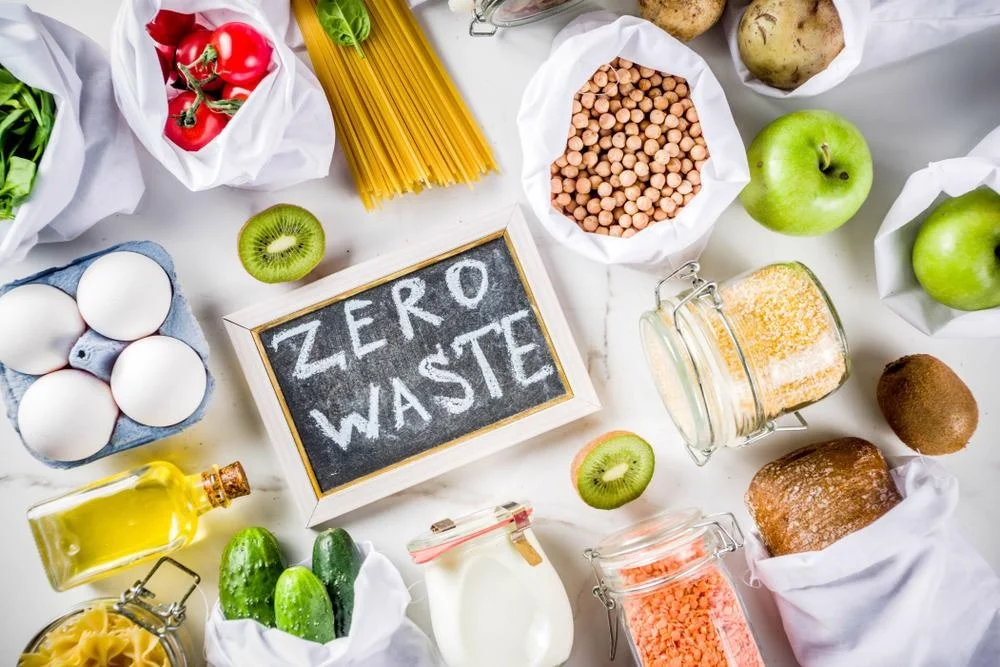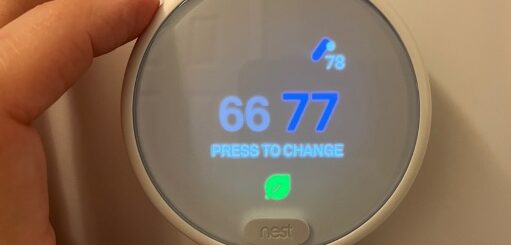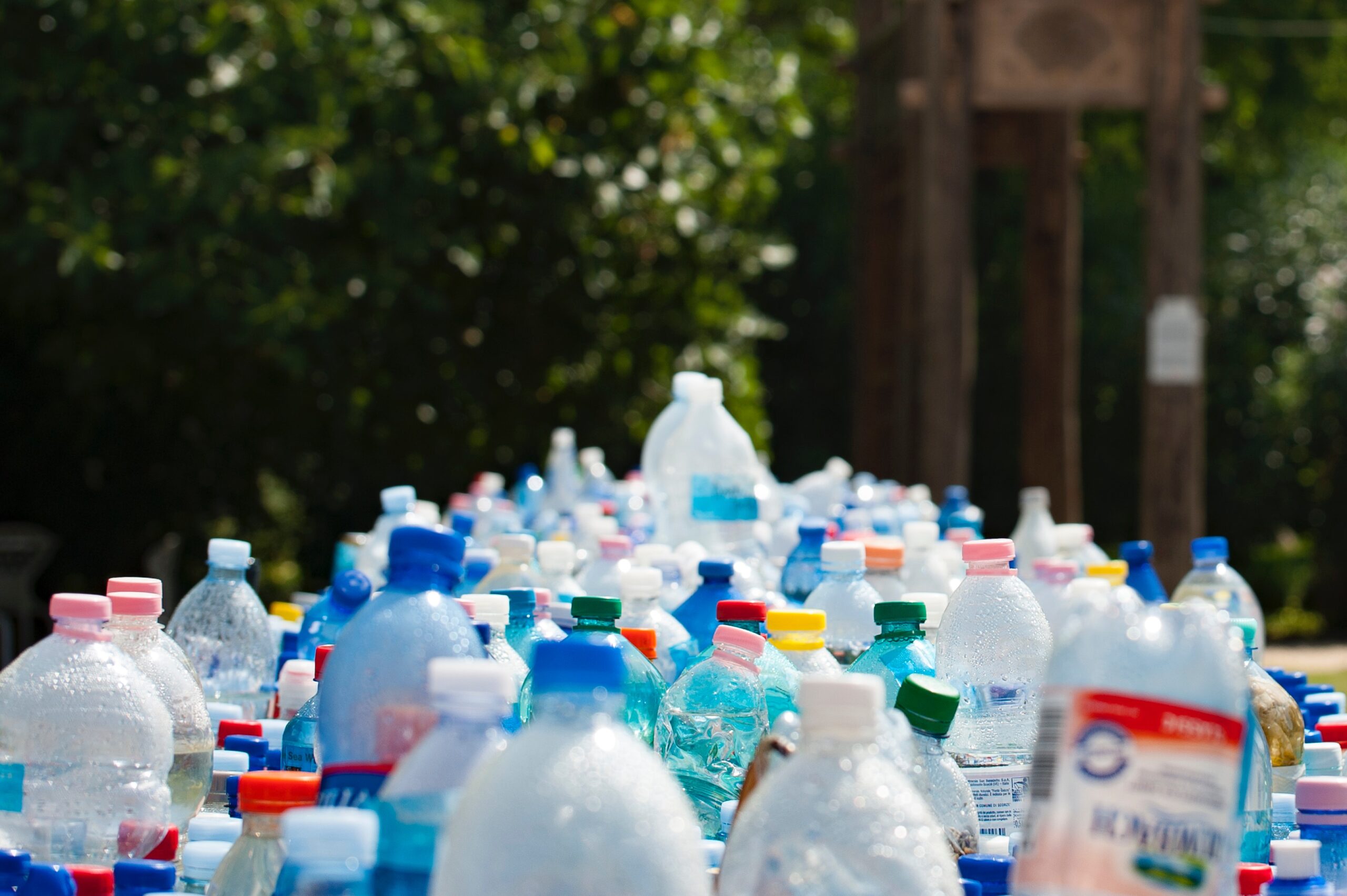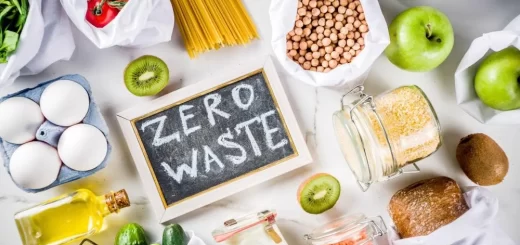Zero Waste Kitchen: How to Reduce Food Packaging Waste

In today’s fast-paced world, convenience often comes at the cost of environmental sustainability. One of the major contributors to environmental pollution is food packaging waste. According to a report by the Environmental Protection Agency (EPA), food packaging accounts for a significant portion of municipal solid waste, making it a pressing concern for the planet[. However, with a few mindful changes in our habits, we can make a significant impact in reducing food packaging waste and moving towards a zero waste kitchen3. Here a a few practical tips you can follow to minimize food packaging waste, promote sustainability, and help create a cleaner, greener future.
Buy in Bulk
Buying in bulk is a fantastic way to cut down on food packaging waste. Look for stores that offer bulk bins with a variety of items such as grains, nuts, dried fruits, and spices. By bringing your own reusable containers or cloth bags, you can avoid single-use packaging entirely. Purchasing in bulk not only reduces waste but also often costs less per unit, saving you money in the long run.
Choose Fresh Produce
Opt for fresh fruits and vegetables rather than pre-packaged options. Choose loose produce that you can select and place directly into your reusable produce bags or mesh bags. This practice not only reduces food packaging waste but also ensures you are getting fresher, healthier produce. My wife and I take our own reusable grocery bags on our grocery trips and we recently started using small reusable mesh bags with draw strings for our produce. We probably avoid using 20-25 plastic bags each grocery trip this way.
Embrace Reusable Containers
Invest in a set of high-quality, reusable containers and jars. These can be used to store leftovers, pack your lunch, or even buy items from bulk bins. Additionally, many grocery stores now offer refill stations for common household items like cleaning products, oils, and spices. By bringing your reusable containers, you eliminate the need for single-use packaging and make a significant contribution to achieving your own zero waste kitchen.
DIY Homemade Foods
Making certain foods from scratch not only tastes better but also reduces food packaging waste. For instance, instead of buying store-bought sauces or dressings that come in plastic bottles, try making your own using simple ingredients. Similarly, consider baking your bread, cookies, and other snacks at home, and store them in reusable containers. Not only will this cut down on waste, but it will also allow you to control the ingredients and make healthier choices.
I recently started making my own peanut butter. It is very simple and takes less than ten minutes in a food processor. Just process 2-3 cups of low or no salt peanuts until smooth, running the processor for 30 seconds followed by a 30 second break for about 7-8 minutes total. Add about 1/2 teaspoon of salt and one teaspoon of sugar toward the end and you have a creamy all natural peanut butter that tastes better than the store bought brands. On a weight for weight basis I save about $1.50 on each batch over buying a national brand.
Compost Food Scraps
Food scraps often end up in plastic garbage bags, contributing to waste in landfills. Instead, create a composting system in your kitchen to recycle food scraps and organic waste. Composting not only reduces food packaging waste but also produces nutrient-rich compost that can be used to enrich the soil in your garden, completing the cycle of sustainability.
Opt for Sustainable Packaging
When buying packaged goods, choose products with minimal or sustainable packaging. Look for items that use eco-friendly materials such as biodegradable or compostable packaging. Some companies have started adopting innovative packaging made from plant-based materials, reducing their environmental impact. By supporting such eco-conscious brands, you encourage more companies to follow suit and create a demand for sustainable packaging solutions.
Avoid Single-Use Plastics
Single-use plastics, such as plastic bags, straws, and cutlery, are major contributors to plastic pollution2. Eliminate their use in your kitchen and daily life. Instead, switch to reusable alternatives like cloth bags, stainless steel straws, and bamboo cutlery. Be mindful of your purchases and refuse items wrapped in unnecessary plastic.
Plan Meals Wisely
Reducing food waste indirectly helps in minimizing packaging waste. Plan your meals and grocery shopping thoughtfully to avoid buying more than you need. Leftovers from one meal can be transformed into new dishes, reducing the need for additional packaging. Proper meal planning not only saves money but also decreases your overall ecological footprint.
Transitioning to a zero waste kitchen may seem daunting, but by taking small steps and incorporating these practices into your daily routine, you can make a significant impact. Buying in bulk, choosing fresh produce, using reusable containers, and composting food scraps are just a few simple strategies that can help reduce food packaging waste. Opting for sustainable packaging, avoiding single-use plastics, and planning meals wisely all contribute to a more sustainable and eco-friendly lifestyle.
Embracing a zero waste kitchen not only benefits the environment but also fosters a sense of responsibility and connection with nature. By making conscious choices, we can collectively work towards a cleaner, greener planet for future generations.
References
1. Environmental Protection Agency. “Municipal Solid Waste Generation, Recycling, and Disposal in the United States: Facts and Figures for 2020.” EPA, 2021.
2. Geyer, Roland, Jenna R. Jambeck, and Kara Lavender Law. “Production, use, and fate of all plastics ever made.” Science Advances 3, no. 7 (2017): e1700782.
3. Zero Waste International Alliance. https://zwia.org/


 Rob McCandless
Rob McCandless



